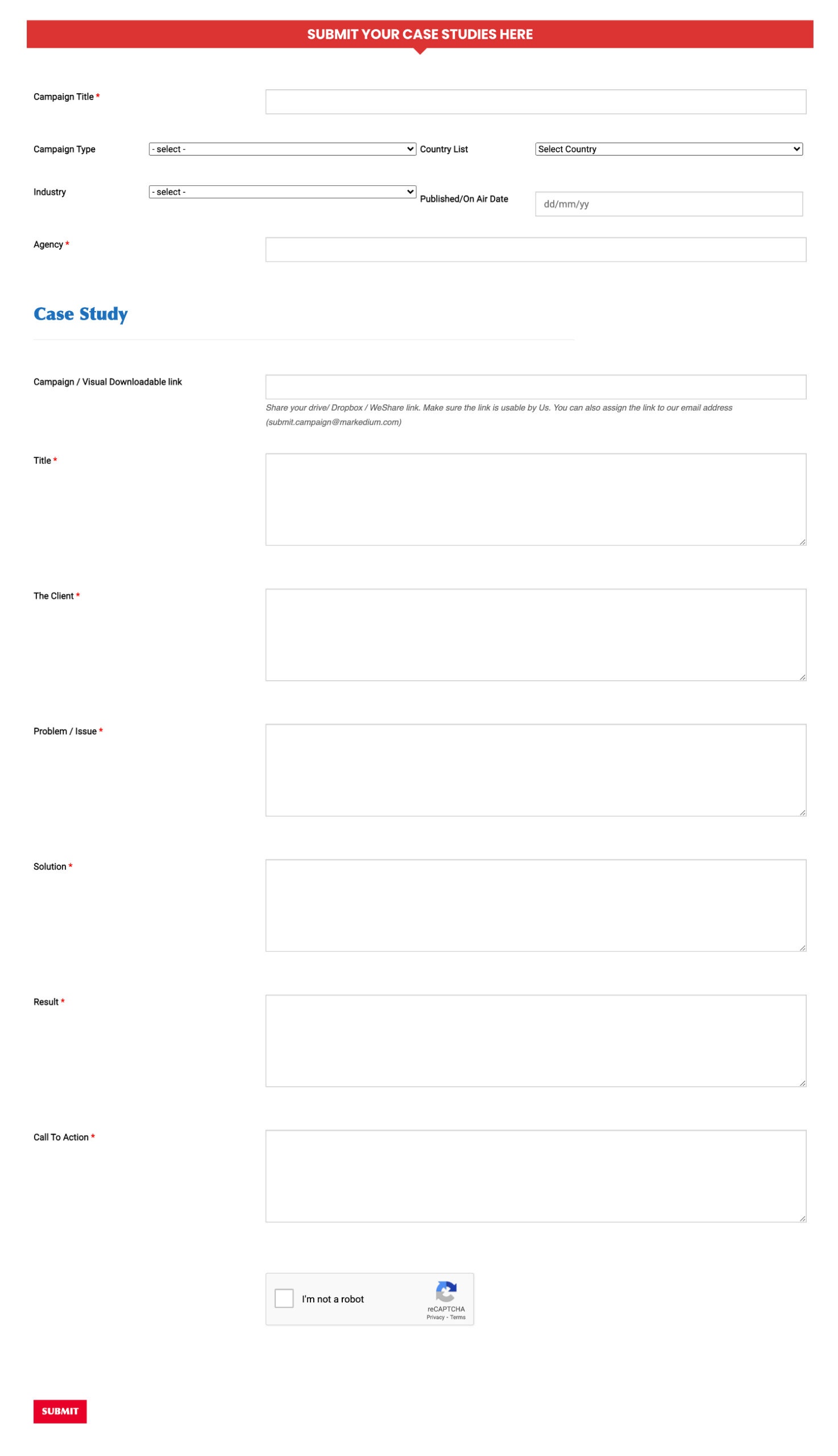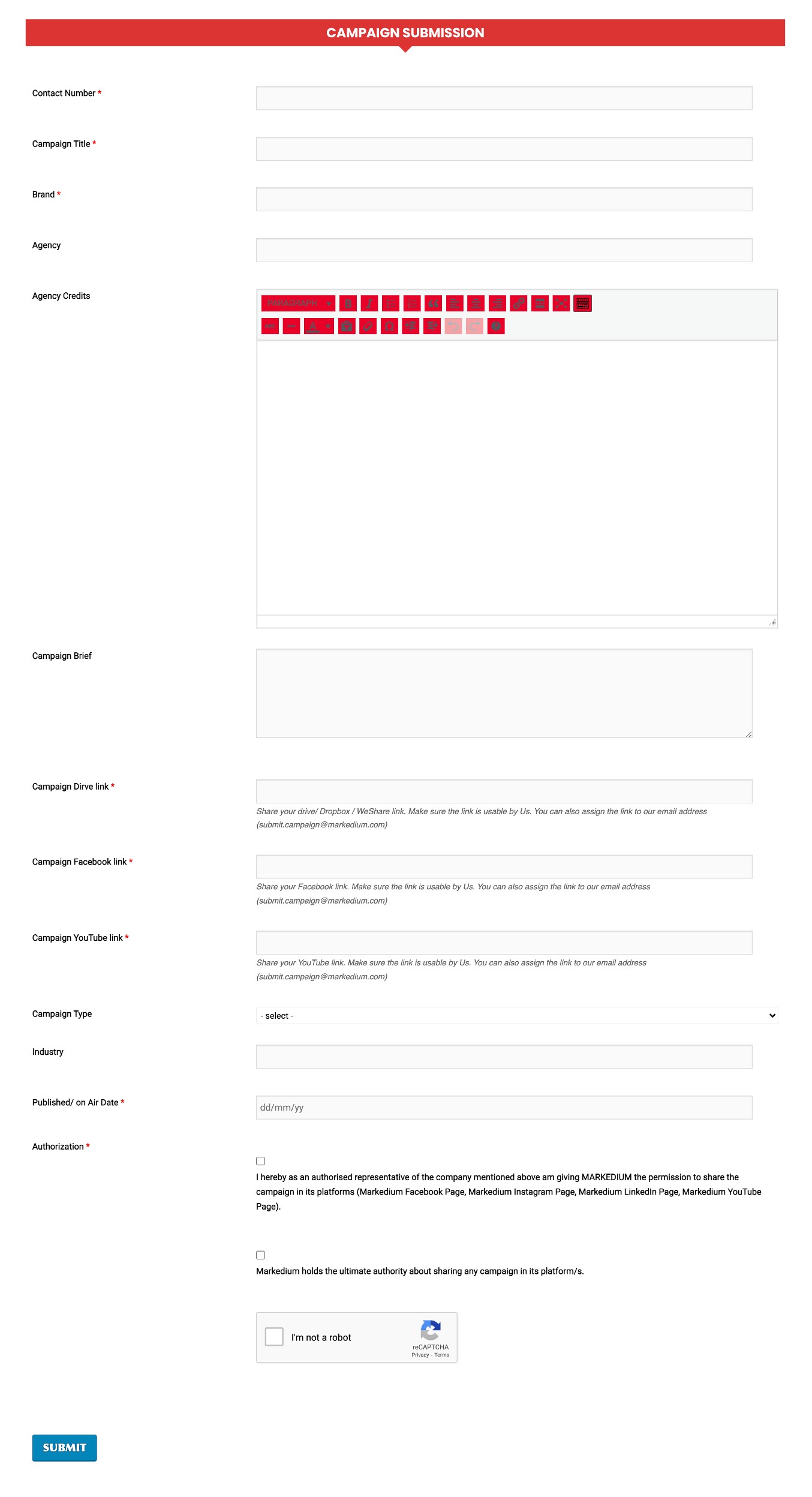
Footwear Exporters of Bangladesh See Potential in US Tariff Shift Amid Growing Trade Concerns3 min read
As the United States (US) prepares to introduce reciprocal tariffs, Bangladeshi exporters – especially in the footwear and pharmaceutical sectors – are facing growing uncertainty about how these changes might affect their trade outlook. While some stakeholders express concern over the potential consequences, others believe the new scenario might create strategic advantages if handled with foresight and policy reform reportedly.
The US, which has been a rapidly growing destination for Bangladeshi footwear, particularly during FY2021-22, remains one of the most important markets for bags and other leather goods. However, the announcement of reciprocal tariffs, though lacking full details at this stage, has prompted calls for urgent government action. Industry leaders are urging policymakers to engage in proactive trade diplomacy and make long-overdue reforms in trade policy to preserve Bangladesh’s competitive position amid global trade pressures.
Manzur, president of the Leathergoods and Footwear Manufacturers and Exporters Association of Bangladesh, noted that discussions around reciprocal tariffs from the US began as early as January. He emphasized that Bangladesh has one of the highest total tax incidences in the region, especially with its steep supplementary duties. According to him, now is a critical time to rationalize import tariffs and reduce para-tariffs to improve the trade environment.
Currently, Bangladesh imposes average duties of 54% on US imports, which can rise dramatically to 528% on luxury goods such as high-end vehicles. Encouragingly, the National Board of Revenue has already begun discussions on adjusting these figures.
Nasir Khan, managing director of Jennys Shoes Ltd., one of the top footwear exporters in Bangladesh, highlighted that nearly 19% of the country’s total exports go to the US. Yet, Bangladesh’s imports from the US are relatively limited – about $2 billion annually. He pointed out that reducing tariffs on US imports is unlikely to significantly impact Bangladesh but could potentially lead to tariff reductions on Bangladeshi goods entering the US, thus opening up new avenues for local manufacturers.
Read more: Bangladesh’s Apparel Exports Surge In US And EU, But Unit Prices Take A Hit
He also mentioned that while the non-leather footwear segment relies on the US market, it is not as heavily dependent as some of Bangladesh’s other key export industries. If the US further opens up its market, countries facing increased competition from American goods might struggle—but Bangladesh, in contrast, could benefit from this development. Khan believes the key to turning this situation into an opportunity lies in effective and timely government response.
He expressed optimism that Bangladesh’s footwear industry could remain strong despite the changing tariff landscape, provided the right strategies are in place.
Abdul Muktadir, president of the Bangladesh Association of Pharmaceutical Industries and chairman of Incepta Pharmaceuticals Ltd., emphasized the need for a detailed sector-by-sector assessment to truly understand the potential impact of the US tariff changes. He stated that since the full list of tariff adjustments has not yet been published, businesses are still in the dark about which products may be affected.
He advised companies to keep a close eye on developments from the US Treasury and analyze tariff documentation thoroughly to identify specific product implications. Muktadir added that certain essential imports like soybean and natural gas already enjoy duty exemptions, and if tariffs on other key items like electrical goods are reduced, it could lead to immediate benefits.
Meanwhile, Kamruzzaman Kamal, marketing director at Pran-RFL Group, noted that plastic and agro-processed goods exports will also feel the impact of the new tariffs. He pointed out that the abrupt increase in duties has weakened Bangladesh’s competitiveness in the US market. For example, the tariff on some products has jumped to 37%, while countries like India face only around 27% – placing Bangladesh at a clear disadvantage.
He warned that without a diplomatic resolution to these trade tensions, Bangladesh’s share in the US export market could see a steep decline. Kamal stressed that if no mutual understanding is reached, sustaining business in this crucial market will become increasingly difficult.
Despite the challenges, many believe that with the right policy approach, Bangladesh can navigate the changing trade dynamics and turn the situation into a growth opportunity for key sectors like footwear and pharmaceuticals.
For more updates, be with Markedium.


